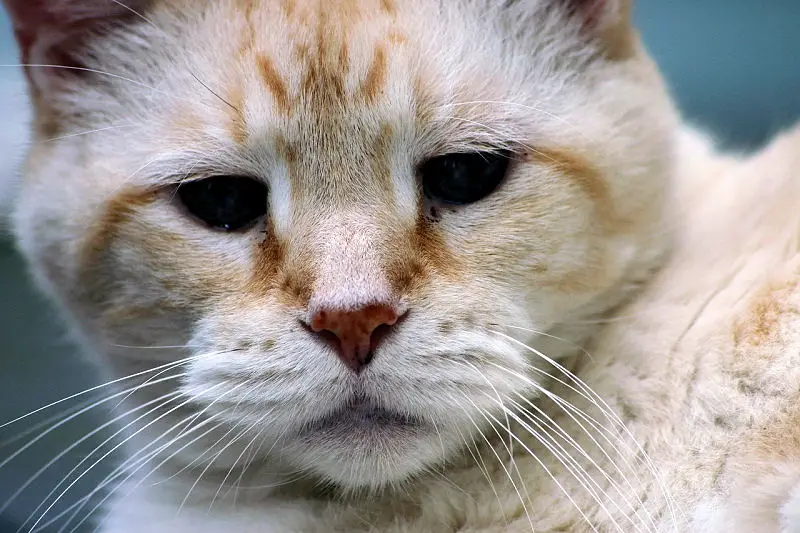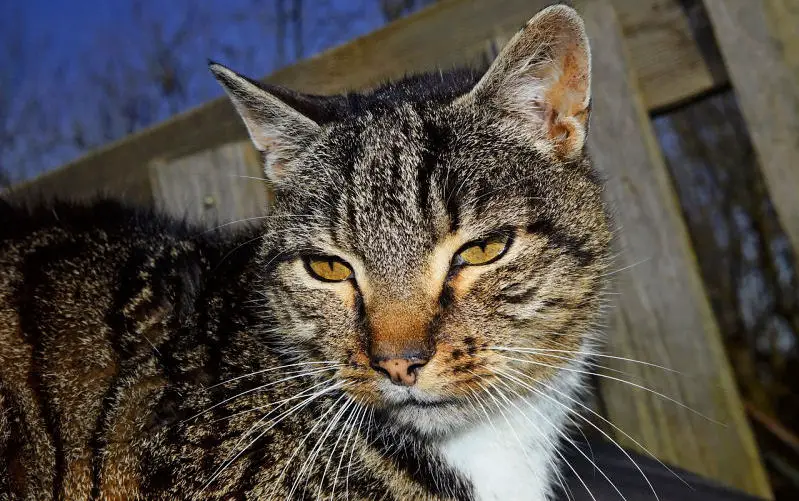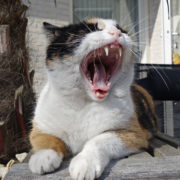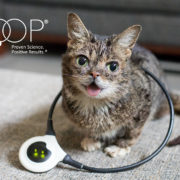Cats are considered seniors when they’re about ten years old, but it’s not unusual for cats to live into their 20’s. As cats age, they tend to run into more health complications, just as their human counterparts do.

Read on to learn more about some of the reasons older cats experience pain, and what you can do to make your pet more comfortable.
Changes in Older Cats
In comparison to younger cats, the immune system of an older cat is weaker and has a lower ability to fend off illness. Owners of senior cats often note changes in the way their pets act. Aging is a natural process; however, you shouldn’t assume that because your cat is getting older, there is nothing you can do to help them. Talk to your vet about any changes you notice, and closely monitor your senior cat’s behavior.

Taking your cat for regular vet checkups can help spot any disease or illness. From there, you’ll be better able to treat the illness or manage symptoms. If you notice your cat acting strangely, never hesitate to take them in for an examination.
How to Tell if Your Senior Cat is in Pain
Cats are notoriously good at hiding their pain; it’s essential for their survival in the wild. For that reason, it can sometimes be very difficult to tell if your cat isn’t feeling well.

Some of the most common signs of pain in cats are:
- Not eating – if your cat is suffering, they may not have the desire to eat, or it may hurt to do so. A change in your cat’s appetite could be a sign of pain.
- Trouble moving or jumping – cats are agile creatures;, so if you see that your cat is unable to jump up to their favorite spots, or is wobbly, limping, or unsteady on their feet, they may be in pain.
- Sleeping more than usual – older cats sleep more and are generally less active than younger cats, but a huge change in activity level might point to a problem.
The Feline Musculoskeletal Pain Index (FMPI) can help you figure out how much pain your cat is in. With this tool, you can score your cat’s pain and use it to start a conversation with your vet about treatment. The FMPI was developed by the experts at NC State University College of Veterinary Medicine in partnership with Assisi Animal Health, and is currently the only clinically validated instrument for diagnosing and monitoring chronic pain in cats arising from degenerative joint disorders.

Bring the Healing Home
Chronic pain may be common in older cats, but it is notoriously hard to treat. The Assisi Loop is a prescription-only NPAID (non-pharmaceutical anti-inflammatory device) that reduces pain from inflammation caused by a number of conditions including arthritis, pancreatitis, post-surgical swelling, and more. Reducing this inflammation is usually the first step in healing your cat’s pain.
The Loop is noninvasive and uses low- level pulses of energy to promote healing while reducing pain and swelling. This technology has been approved by the FDA to treat humans, so you can rest assured that it’s both safe and effective.

If your older cat is displaying signs of pain, it’s important to take them to the vet for a proper diagnosis. If your vet sees signs of inflammation, ask about the Assisi Loop as a treatment option.
For more information about the Loop, visit the Assisi Animal Health website.





My cat is 16 keeps eating but not going to bathroom. Is hiding all the time. Is there something I can give to help with bowel movement. Not drinking water to much.